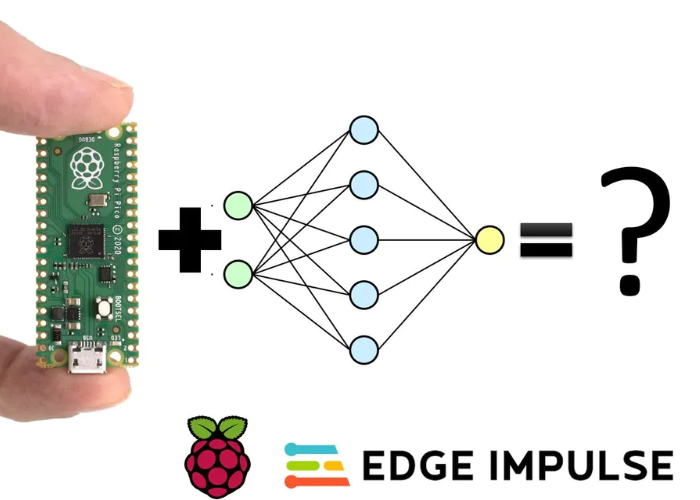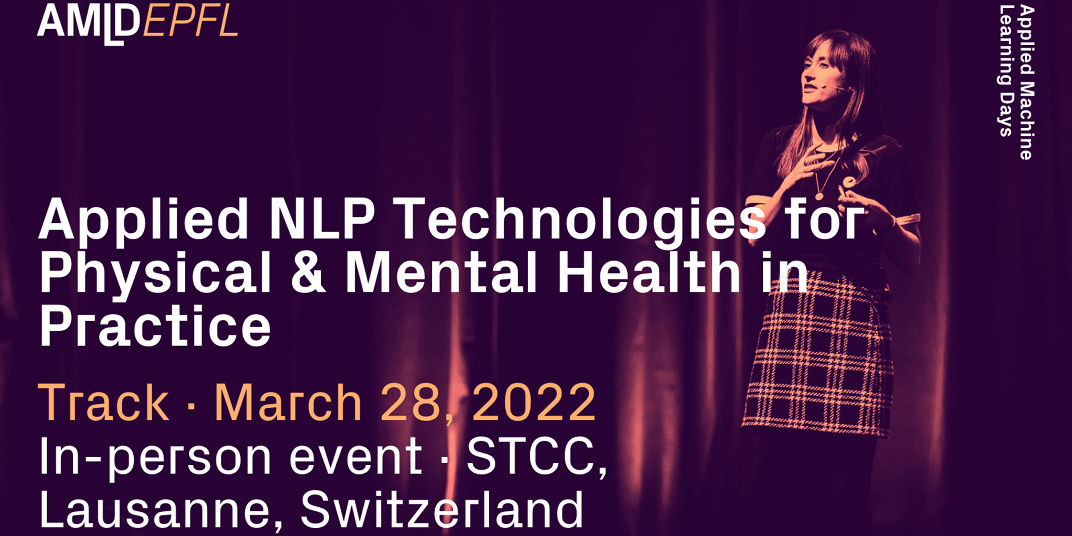
Isaac Asimov, in his 1942 short tale "Runaround," introduced the Three Laws of Robotics. These principles were in Asimov’s earlier works. In this article, we'll look at how they apply to robot behavior and what implications they have on human behavior. We will also be discussing Asimov’s influence on popular culture. This article is a useful reference to help you plan your next robot-building venture.
Three Laws of Asimov
Asimov's science fiction novels will have you familiar with the Three Laws of Human-robot Relationships. These laws say that robots must follow human commands to avoid killing people or themselves. Each law has an exception. SkeleBot 9000 is a robotic spy that was created to spy on people and steal secrets. It would be unfit for purpose if it violated the Three Laws.
Problematic when a robot is charged with killing human beings. It lacks a specific definition. Modern robots struggle to understand natural language despite the fact they are anthropomorphizing humans. This is largely due to the fact that humans and robots have very different viewpoints. They are unlikely to share a common language. As the number of human-robot interactions increases, it is likely that anthropomorphizing robotics will lead to more confusion.

Their impact on robot behavior
Researchers looked at how human-robot interactions interact during the study of human/robot collaboration. Robots might need to balance the efforts of humans to follow and lead their human counterparts, even though they are naturally cooperative. This type of balancing act is likely to improve task-related productivity while maintaining social norms as well as trust between robots and humans. Researchers warn that more research is required to determine if and how these goals impact human-robot cooperation.
Another study examined how human-robot interactions affected participants' attentional patterns and perceptions of robots. The study suggested that human-robot interactions could increase user engagement, empathy and attention. As a result, robots with human-like features would engage users in a more personal and meaningful way. This hypothesis could be false. Artificial intelligence and other methods are available to assess human-robot relationships.
Their implications for human behavior
Evolutionary biologists have studied the evolution and co-existence of animals since Darwin's theories on evolution. Natural selection is the most common explanation for cooperation. The theories are a subject of intense debate. Cornell will hold a dinner to discuss recent developments in the field. It is not yet clear whether humans will be able to take advantage of these findings. These findings are worth further study. In addition to discussing the origins of cooperation, Hofer will discuss how our social behavior evolved over time.
Their influence on popular culture
I, Robot was the first story to mention Asimov’s Three Laws of Robotics. However, only the third Law was specifically mentioned. The Laws were not explicitly mentioned in any of the robot stories. They assumed that robots would simply follow them. The third story in the series about robots, Liar!, explicitly mentions the Three Laws, but largely ignores that of the First Law. The Laws are not cited in explicit detail until Runaround, the fourth story in the robot series. The Laws are also cited in I, Robot and Runaround.

The first law in robotics refers to the nature and origin of the universe. Robots cannot always gain control over humans and must be able make arbitrary decisions. This is a fundamental characteristic of democratic systems. This means the most senior member of a hierarchy must have their work reviewed by the next. Also, robotics laws need to have some mechanism that allows for adaptation.
FAQ
Are there any potential risks with AI?
You can be sure. There will always be. Some experts believe that AI poses significant threats to society as a whole. Others argue that AI can be beneficial, but it is also necessary to improve quality of life.
The biggest concern about AI is the potential for misuse. AI could become dangerous if it becomes too powerful. This includes robot dictators and autonomous weapons.
Another risk is that AI could replace jobs. Many people worry that robots may replace workers. Some people believe artificial intelligence could allow workers to be more focused on their jobs.
For instance, economists have predicted that automation could increase productivity as well as reduce unemployment.
How does AI work?
An algorithm is a sequence of instructions that instructs a computer to solve a problem. An algorithm is a set of steps. Each step has a condition that determines when it should execute. A computer executes each instruction sequentially until all conditions are met. This continues until the final results are achieved.
Let's say, for instance, you want to find 5. It is possible to write down every number between 1-10, calculate the square root for each and then take the average. You could instead use the following formula to write down:
sqrt(x) x^0.5
You will need to square the input and divide it by 2 before multiplying by 0.5.
The same principle is followed by a computer. It takes your input, squares and multiplies by 2 to get 0.5. Finally, it outputs the answer.
What is the most recent AI invention
Deep Learning is the latest AI invention. Deep learning is an artificial intelligence technique that uses neural networks (a type of machine learning) to perform tasks such as image recognition, speech recognition, language translation, and natural language processing. Google was the first to develop it.
Google is the most recent to apply deep learning in creating a computer program that could create its own code. This was achieved by a neural network called Google Brain, which was trained using large amounts of data obtained from YouTube videos.
This allowed the system to learn how to write programs for itself.
IBM announced in 2015 the creation of a computer program which could create music. The neural networks also play a role in music creation. These are called "neural network for music" (NN-FM).
Which countries are leading the AI market today and why?
China is the world's largest Artificial Intelligence market, with over $2 billion in revenue in 2018. China's AI industry includes Baidu and Tencent Holdings Ltd. Tencent Holdings Ltd., Baidu Group Holding Ltd., Baidu Technology Inc., Huawei Technologies Co. Ltd. & Huawei Technologies Inc.
China's government is heavily investing in the development of AI. The Chinese government has created several research centers devoted to improving AI capabilities. These centers include the National Laboratory of Pattern Recognition and the State Key Lab of Virtual Reality Technology and Systems.
China is also home to some of the world's biggest companies like Baidu, Alibaba, Tencent, and Xiaomi. All these companies are active in developing their own AI strategies.
India is another country which is making great progress in the area of AI development and related technologies. India's government is currently working to develop an AI ecosystem.
What are the advantages of AI?
Artificial intelligence is a technology that has the potential to revolutionize how we live our daily lives. It is revolutionizing healthcare, finance, and other industries. It's predicted that it will have profound effects on everything, from education to government services, by 2025.
AI is already being used for solving problems in healthcare, transport, energy and security. The possibilities are endless as more applications are developed.
So what exactly makes it so special? First, it learns. Computers are able to learn and retain information without any training, which is a big advantage over humans. They simply observe the patterns of the world around them and apply these skills as needed.
AI's ability to learn quickly sets it apart from traditional software. Computers can quickly read millions of pages each second. Computers can instantly translate languages and recognize faces.
And because AI doesn't require human intervention, it can complete tasks much faster than humans. It can even surpass us in certain situations.
In 2017, researchers created a chatbot called Eugene Goostman. The bot fooled many people into believing that it was Vladimir Putin.
This proves that AI can be convincing. Another benefit is AI's ability adapt. It can be trained to perform new tasks easily and efficiently.
This means that companies don't have the need to invest large sums of money in IT infrastructure or hire large numbers.
Which industries use AI most frequently?
Automotive is one of the first to adopt AI. BMW AG employs AI to diagnose problems with cars, Ford Motor Company uses AI develop self-driving automobiles, and General Motors utilizes AI to power autonomous vehicles.
Banking, insurance, healthcare and retail are all other AI industries.
Why is AI important?
In 30 years, there will be trillions of connected devices to the internet. These devices will cover everything from fridges to cars. The Internet of Things (IoT) is the combination of billions of devices with the internet. IoT devices will communicate with each other and share information. They will be able make their own decisions. A fridge might decide to order more milk based upon past consumption patterns.
It is estimated that 50 billion IoT devices will exist by 2025. This is a huge opportunity to businesses. It also raises concerns about privacy and security.
Statistics
- Additionally, keeping in mind the current crisis, the AI is designed in a manner where it reduces the carbon footprint by 20-40%. (analyticsinsight.net)
- That's as many of us that have been in that AI space would say, it's about 70 or 80 percent of the work. (finra.org)
- By using BrainBox AI, commercial buildings can reduce total energy costs by 25% and improves occupant comfort by 60%. (analyticsinsight.net)
- A 2021 Pew Research survey revealed that 37 percent of respondents who are more concerned than excited about AI had concerns including job loss, privacy, and AI's potential to “surpass human skills.” (builtin.com)
- More than 70 percent of users claim they book trips on their phones, review travel tips, and research local landmarks and restaurants. (builtin.com)
External Links
How To
How to set-up Amazon Echo Dot
Amazon Echo Dot (small device) connects with your Wi-Fi network. You can use voice commands to control smart devices such as fans, thermostats, lights, and thermostats. You can say "Alexa" to start listening to music, news, weather, sports scores, and more. You can ask questions, make phone calls, send texts, add calendar events, play video games, read the news and get driving directions. You can also order food from nearby restaurants. Bluetooth speakers or headphones can be used with it (sold separately), so music can be played throughout the house.
Your Alexa-enabled devices can be connected to your TV with a HDMI cable or wireless connector. One wireless adapter is required for each TV to allow you to use your Echo Dot on multiple TVs. You can pair multiple Echos together, so they can work together even though they're not physically in the same room.
These are the steps you need to follow in order to set-up your Echo Dot.
-
Turn off your Echo Dot.
-
The Echo Dot's Ethernet port allows you to connect it to your Wi Fi router. Turn off the power switch.
-
Open Alexa on your tablet or smartphone.
-
Select Echo Dot to be added to the device list.
-
Select Add New.
-
Choose Echo Dot among the options in the drop-down list.
-
Follow the screen instructions.
-
When asked, type your name to add to your Echo Dot.
-
Tap Allow access.
-
Wait until your Echo Dot is successfully connected to Wi-Fi.
-
Do this again for all Echo Dots.
-
Enjoy hands-free convenience